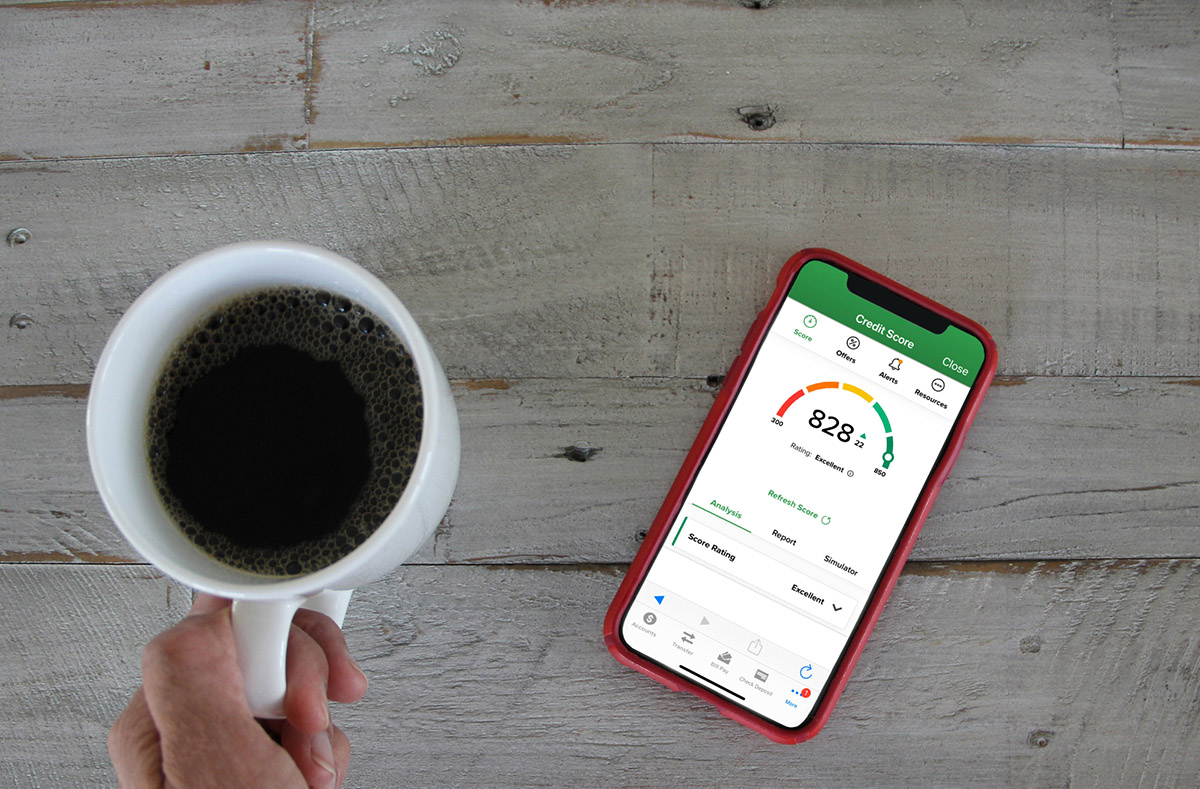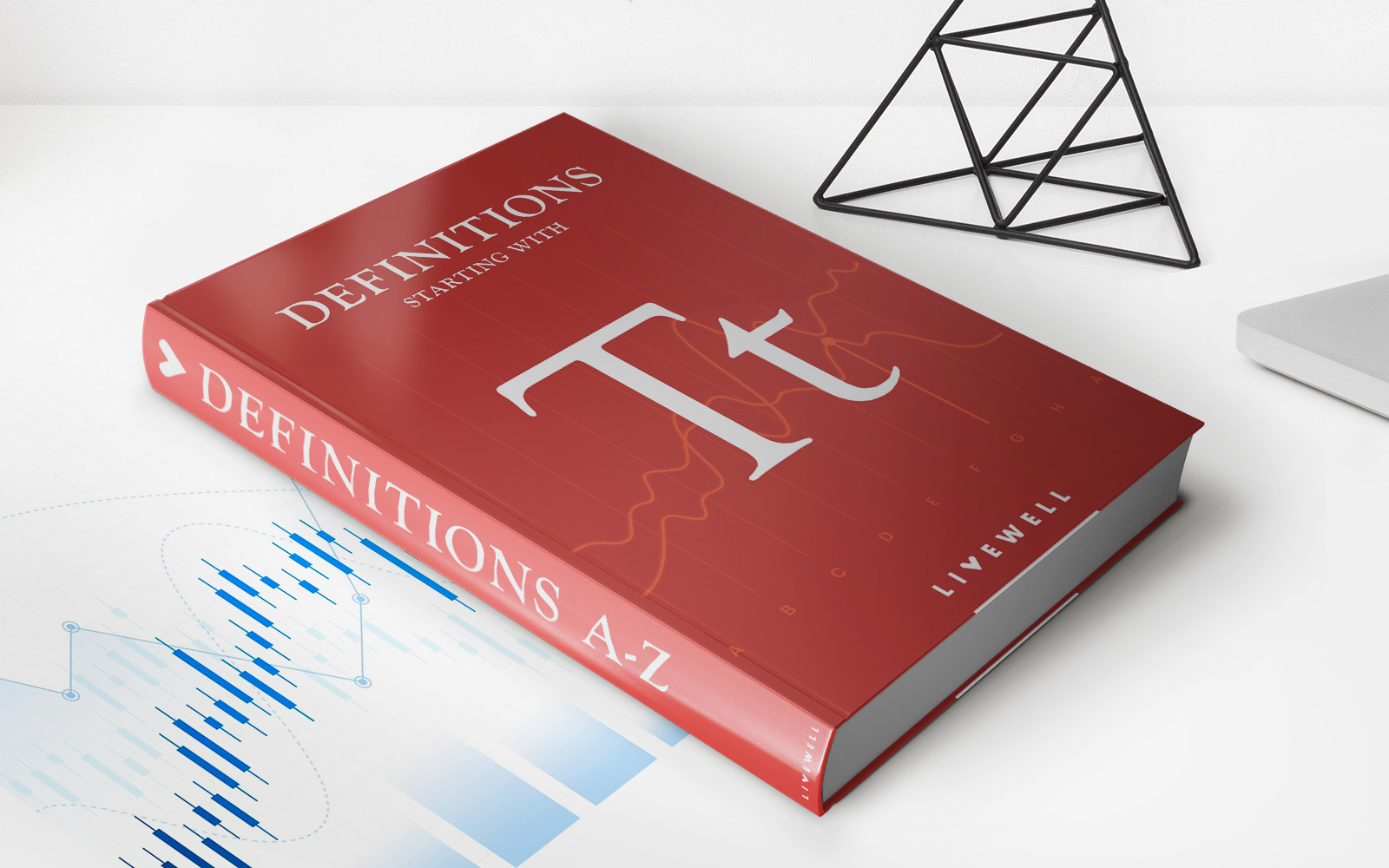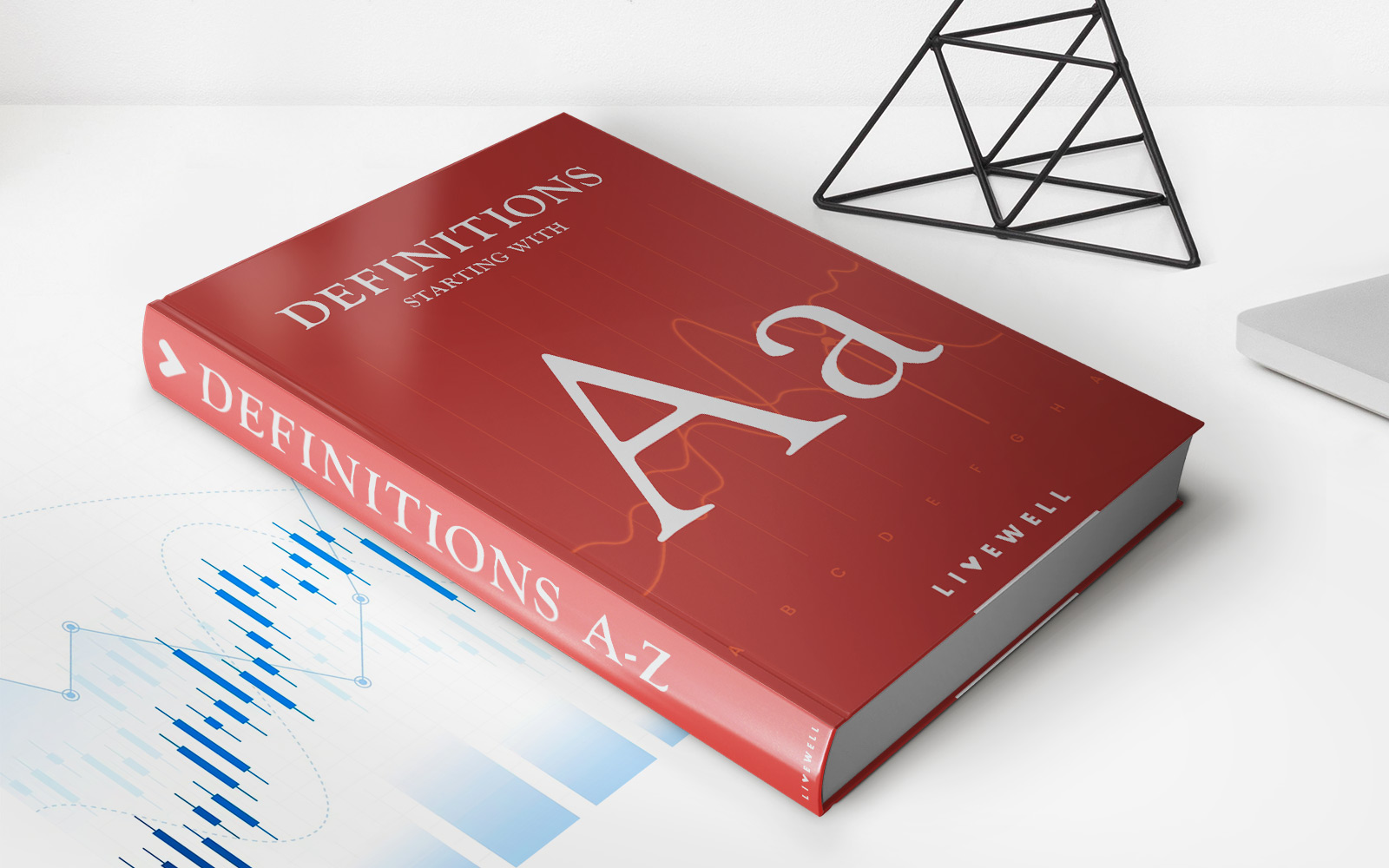

Finance
How Is Credit Utilization Reported
Published: March 6, 2024
Learn how credit utilization impacts your finances and how it's reported to credit bureaus. Understand the importance of managing your credit utilization for a healthy financial profile.
(Many of the links in this article redirect to a specific reviewed product. Your purchase of these products through affiliate links helps to generate commission for LiveWell, at no extra cost. Learn more)
Table of Contents
Introduction
Understanding the intricacies of credit reporting is essential for maintaining a healthy financial profile. Among the various factors that influence credit scores, credit utilization holds significant importance. This article aims to elucidate the process of credit utilization reporting, shedding light on its impact and the crucial role it plays in shaping an individual's creditworthiness.
Credit utilization refers to the proportion of available credit that a borrower has used at a given time. It is a pivotal component in credit scoring models and is indicative of an individual's ability to manage credit responsibly. How this utilization is reported can have a substantial impact on one's credit score and overall financial standing. By delving into the nuances of credit utilization reporting, we can gain valuable insights into the factors that influence this process and its implications for borrowers.
Understanding how credit utilization is reported is vital for individuals aiming to improve their credit scores and enhance their financial well-being. By exploring this topic comprehensively, we can uncover actionable strategies for managing credit utilization effectively and navigating the credit reporting landscape with confidence.
What is Credit Utilization?
Credit utilization, a fundamental concept in the realm of personal finance, refers to the ratio of credit used to the total available credit across all revolving accounts, such as credit cards and lines of credit. It is a crucial metric used by creditors and credit scoring models to assess an individual’s financial responsibility and creditworthiness.
When a borrower utilizes a significant portion of their available credit, it may signal financial distress or an inability to manage credit effectively. Conversely, a lower credit utilization ratio is generally perceived favorably, as it indicates responsible credit management and financial stability.
Calculating credit utilization involves dividing the total outstanding balances on credit accounts by the total credit limits and multiplying the result by 100 to express it as a percentage. For example, if an individual has a total credit limit of $10,000 across all their credit cards and currently carries a balance of $2,000, their credit utilization ratio would be 20%.
It’s important to note that both individual and overall credit utilization ratios are considered in credit scoring models. While maintaining a low utilization ratio on each credit account is beneficial, keeping the aggregate utilization across all accounts within a reasonable range is equally vital.
By comprehending the concept of credit utilization and its significance in credit assessment, individuals can make informed decisions regarding their credit usage and strive to maintain a healthy credit profile.
How is Credit Utilization Reported?
Credit utilization is reported to credit bureaus by financial institutions on a monthly basis. When a credit card statement is generated, the issuer reports the statement balance and the credit limit to the credit bureaus. This information is then utilized to calculate the credit utilization ratio for each account and the overall utilization across all accounts.
It’s important to understand that the reported credit utilization is a snapshot of the balances at a specific point in time, typically the statement closing date. This means that even if a cardholder pays off their balance in full before the due date, the reported utilization may not reflect this timely payment if the statement balance was high when it was reported to the credit bureaus.
Furthermore, the reported utilization can significantly impact an individual’s credit score. High utilization ratios, especially above 30%, can have a negative effect on credit scores, while lower ratios can contribute positively to creditworthiness.
It’s worth noting that certain creditors may not report credit limits to the credit bureaus, particularly in the case of authorized user accounts or certain types of retail credit cards. In such instances, the reported utilization may not accurately reflect the actual credit utilization ratio, potentially affecting the individual’s credit assessment.
Understanding how credit utilization is reported empowers individuals to proactively manage their credit balances and utilization ratios to maintain a favorable credit standing. By staying mindful of reporting cycles and taking strategic steps to optimize reported utilization, borrowers can work towards enhancing their creditworthiness and overall financial well-being.
Factors Affecting Credit Utilization Reporting
Several factors influence the reporting of credit utilization, impacting how this crucial metric is reflected in an individual’s credit profile. Understanding these factors is essential for borrowers seeking to manage their credit utilization effectively and maintain a positive credit standing.
Statement Closing Date: The statement closing date plays a pivotal role in credit utilization reporting. The balances on credit accounts as of this date are typically reported to the credit bureaus. Therefore, borrowers should be cognizant of their statement closing dates to strategically time their credit payments and ensure optimal utilization reporting.
Credit Limit Reporting: The accurate reporting of credit limits by issuers is vital for precise credit utilization calculations. Inaccurate or missing credit limit information can lead to misrepresented utilization ratios, potentially impacting credit scores. It’s important for individuals to verify that their credit limits are accurately reported to the credit bureaus, especially for authorized user accounts and lesser-known credit instruments.
Multiple Account Utilization: When managing multiple credit accounts, the utilization ratio across all accounts collectively influences credit scores. Balancing and optimizing the utilization across various accounts is crucial, as excessively high utilization on a single account or across multiple accounts can adversely impact creditworthiness.
Credit Limit Adjustments: Changes in credit limits, whether due to credit line increases, decreases, or fluctuations in available credit, can directly impact reported credit utilization. Borrowers should stay informed about any adjustments to their credit limits and consider the potential implications for their utilization ratios and credit scores.
Payment Timing: The timing of credit card payments in relation to the statement closing date can affect reported utilization. Making timely payments to lower balances before the statement closing date can positively influence reported utilization and, subsequently, credit scores.
By considering these factors and actively managing their credit accounts, individuals can navigate the credit utilization reporting process adeptly, optimizing their utilization ratios and bolstering their creditworthiness in the eyes of lenders and credit scoring models.
Impact of Credit Utilization on Credit Score
Credit utilization exerts a significant influence on an individual’s credit score, making it a crucial factor in the assessment of creditworthiness. A high credit utilization ratio can have adverse effects on credit scores, potentially signaling financial strain and impacting the ability to manage credit responsibly. Conversely, maintaining a low utilization ratio can contribute positively to credit scores, reflecting prudent financial management and bolstering creditworthiness.
Credit scoring models, including FICO and VantageScore, consider credit utilization as a key determinant of creditworthiness, typically accounting for approximately 30% of a credit score. This underscores the substantial impact of credit utilization on overall credit scores, emphasizing the need for borrowers to manage their utilization ratios judiciously.
High utilization ratios, especially above 30% of available credit, can trigger a decline in credit scores, potentially leading to diminished access to favorable credit terms and higher interest rates. Lenders and creditors often perceive high utilization as an indicator of heightened credit risk, prompting caution when extending credit to individuals with elevated utilization ratios.
Conversely, maintaining a low utilization ratio, ideally below 30% and even lower if possible, can enhance credit scores and convey financial prudence to potential lenders. By demonstrating responsible credit utilization and managing balances effectively, individuals can position themselves favorably in the eyes of creditors, paving the way for improved credit terms and access to a broader array of financial opportunities.
Understanding the impact of credit utilization on credit scores is pivotal for individuals seeking to fortify their financial standing. By managing their credit utilization diligently and striving to maintain low utilization ratios, borrowers can work towards optimizing their credit scores and securing a solid foundation for their financial future.
Tips for Managing Credit Utilization
Effectively managing credit utilization is essential for maintaining a healthy credit profile and optimizing credit scores. By implementing strategic practices and exercising financial prudence, individuals can navigate the realm of credit utilization adeptly, bolstering their creditworthiness and enhancing their financial well-being.
- Monitor Credit Balances Regularly: Routinely monitoring credit card balances and overall credit utilization enables individuals to stay informed about their financial standing and take proactive measures to optimize their utilization ratios.
- Strategically Time Payments: Aligning credit card payments with statement closing dates can ensure that lower balances are reported to the credit bureaus, positively influencing reported utilization and credit scores.
- Request Credit Limit Increases: Requesting credit limit increases from issuers can lower utilization ratios, provided that spending remains consistent. This can be an effective strategy for reducing reported utilization and enhancing credit scores.
- Utilize Multiple Credit Accounts Wisely: Balancing utilization across multiple credit accounts can help optimize overall utilization ratios. Distributing spending prudently and avoiding excessive utilization on individual accounts is key to maintaining favorable credit scores.
- Pay Off Balances Multiple Times a Month: Making multiple payments throughout the month, especially before the statement closing date, can help keep reported utilization low and demonstrate responsible credit management.
- Consider Opening New Credit Accounts Cautiously: Opening new credit accounts can impact average account age and potentially lead to increased credit inquiries, affecting credit scores. Careful consideration should be exercised when contemplating new credit accounts.
- Regularly Review Credit Reports: Periodically reviewing credit reports allows individuals to identify any reporting discrepancies or inaccuracies that may impact credit utilization calculations and overall credit scores.
By incorporating these tips into their financial practices, individuals can proactively manage their credit utilization, optimize their utilization ratios, and cultivate a positive credit profile. This strategic approach empowers borrowers to enhance their creditworthiness and lay the groundwork for a secure financial future.
Conclusion
Understanding the intricacies of credit utilization reporting is paramount for individuals seeking to fortify their financial health and enhance their creditworthiness. Credit utilization, a fundamental component of credit scoring models, holds substantial sway over credit scores and is indicative of an individual’s ability to manage credit responsibly.
By comprehending how credit utilization is reported, borrowers can navigate the credit reporting landscape with insight and foresight, strategically managing their credit balances and utilization ratios to optimize their credit scores. Factors such as statement closing dates, credit limit reporting, and payment timing play pivotal roles in the accurate portrayal of credit utilization, influencing how this metric is perceived by creditors and credit scoring models.
The impact of credit utilization on credit scores underscores the significance of maintaining low utilization ratios to convey financial prudence and bolster creditworthiness. By implementing prudent practices such as monitoring credit balances, strategically timing payments, and utilizing multiple credit accounts judiciously, individuals can proactively manage their credit utilization and pave the way for improved financial prospects.
Empowered with the knowledge of effective credit utilization management, individuals can take proactive steps to optimize their credit profiles, positioning themselves favorably for access to favorable credit terms and a myriad of financial opportunities. By embracing these strategies and maintaining a vigilant approach to credit utilization, borrowers can cultivate a solid foundation for their financial well-being and strive towards achieving their long-term financial goals.
Ultimately, the conscientious management of credit utilization is a cornerstone of financial prudence, enabling individuals to navigate the credit landscape with confidence and secure a brighter financial future.














